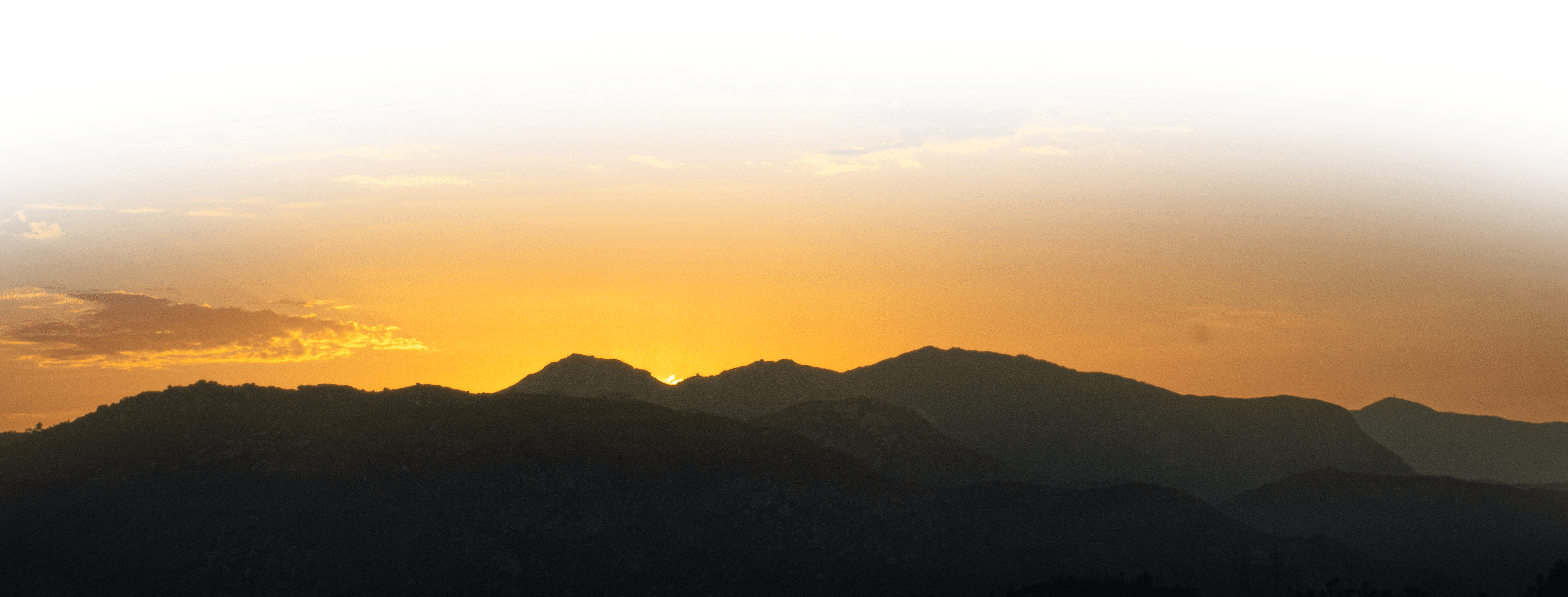Creating a Home for Butterflies - July 13th, 2024
Creating a home for butterflies
For a habitat that supports monarchs and other pollinators, choosing the right plant species is crucial; these local resources can point the way

On a piercingly sunny morning in mid-June, there was a dizzying amount of activity in the front garden of a home in San Diego’s College Area, owned by a woman named Sara. But you had to look closely to take it in.
Bees were quietly exploring Mexican sage, golden yarrow and petite California asters. A monarch butterfly was circling overhead, and other butterflies were also doing drive-bys. But the real action was happening on the garden’s narrow-leaf milkweed plants, thin smooth stalks supporting wispy green leaves — and black-and-yellow striped monarch butterfly caterpillars that were scooting around in the warmth of the day, focused on consuming as many of those leaves as possible, like competitors of a hot-dog-eating contest on Coney Island.
Sara, who asked that her last name not be used, started her native garden in January. Hers was one of 28 households that got an assist from the Earth Discovery Institute (EDI) to establish habitats that specifically support Western monarch butterflies (Danaus plexippus). The program was funded by the Monarch Joint Venture and provided not just milkweed plants but several other native plants that could attract and feed pollinators.
“The purpose of the project is to get waystations out in the community,” explained Ida Kaller-Vincent, EDI’s conservation director. “In cities, there aren’t a lot of habitats for any of our pollinators. But if people can create a little habitat with a garden, butterflies can move from area to area.”
This time of year, it’s not unusual to hear people with gardens talk about buying milkweed plants or seeds so that they, too, can be a haven for monarchs. And they do, in fact, need havens. According to Kaller-Vincent, in the 2023-2024 season, the Western monarch overwintering population decreased by over 30 percent from the previous year.
“The current population is only 5 percent of what it used to be 40 years ago,” she noted.
According to the U.S. Forest Service, Western monarchs — those living west of the Rocky Mountains — aren’t continental travelers. The last batch of monarchs born in the season, which can live up to nine months, overwinter in California along the coast, close to Santa Cruz and San Diego. They land mostly in Monterey pines, Monterey cypresses and eucalyptus, where they hibernate. Even our inland monarch residents make the short trip to the coast, then return to their original habitat to mate and lay eggs.
That pattern is important to maintain, which is why, Kaller-Vincent said, it’s important to have the right variety of milkweed growing in your garden.
“The reason we recommend using only native milkweed, like narrow leaf milkweed instead of tropical milkweed, is because it goes dormant in winter,” she explained. “That prompts the last-of-the-season monarch butterflies to migrate to their overwintering sites to hibernate. If they have food year round, they’ll expend too much energy and have shorter lifespans.
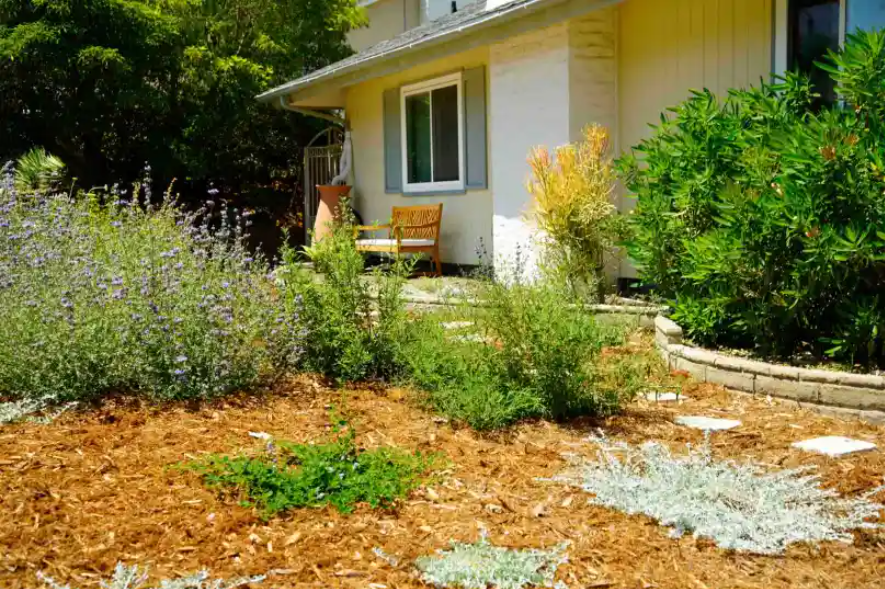
“And also, there’s a parasite that’s attracted to milkweed. When the narrow leaf milkweed goes dormant, the parasites on its leaves die off. Because the tropical milkweed doesn’t go dormant, it both disrupts the adult monarch migration to the coast and the parasites that stay on the plant can harm the caterpillars.”
EDI has a small milkweed farm in Lakeside. They grow primarily narrow leaf but also woollypod milkweed, which is also a source of food for queen butterflies. This species is orange and black, like monarchs, but a bit smaller. On a recent visit, the milkweed was in bloom with clusters of white and pink flowers. No caterpillars were in sight; they likely crawled away from their host plants to form chrysalises. However, there was a very active monarch flying around along with tarantula hawk wasps, which Kaller-Vincent explained are an important milkweed pollinator.
Once the plants have bloomed, they then form seed pods — assuming they’ve been successfully fertilized. Kaller-Vincent and volunteers place little mesh jewelry bags over the pods so that when they open, they can collect the fully developed seeds when the pods burst, overwinter them in a refrigerator and, in early spring, plant them in small pots in a shade house up the hill. As the seedlings grow, they graduate to larger pots and are replanted or sold at EDI’s annual native plant sale at Crestridge Ecological Reserve. And, of course, many of these went into gardens like Sara’s around San Diego.
Sara had previously had grass, hedges and various shrubs in her 900-square-foot front yard but had been thinking about switching over to native plants.
“We’d been here for three years and wanted to use less water,” she said. “I wanted to do something more beneficial. So, it started as just a native plant garden concept and then a friend sent me a flyer about the grant project at EDI.
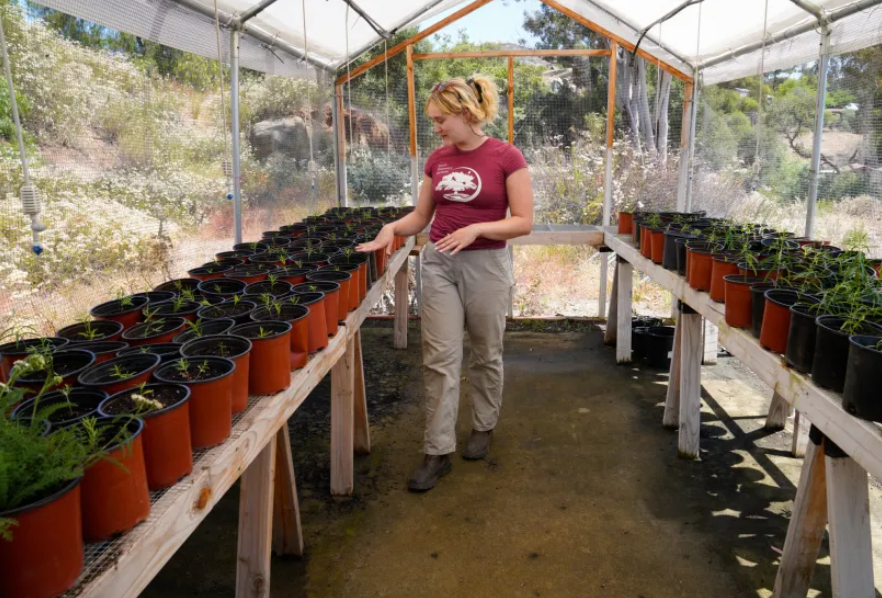
“It was a very simple application. You had to have enough space for milkweed and two nectar plants. They supplied six milkweed and two nectar plants. I went on their site and saw their plans for different-sized sites and found their suggestions for companion plants, so I bought yarrow and different mints, like a coyote mint.”
Sara learned that butterflies like plants that have a lot of different textured flowers on them. So she has more than two dozen different types of plants, including manzanitas, goldenrods, sage and buckwheat, the majority of which she bought at Native West Nursery.
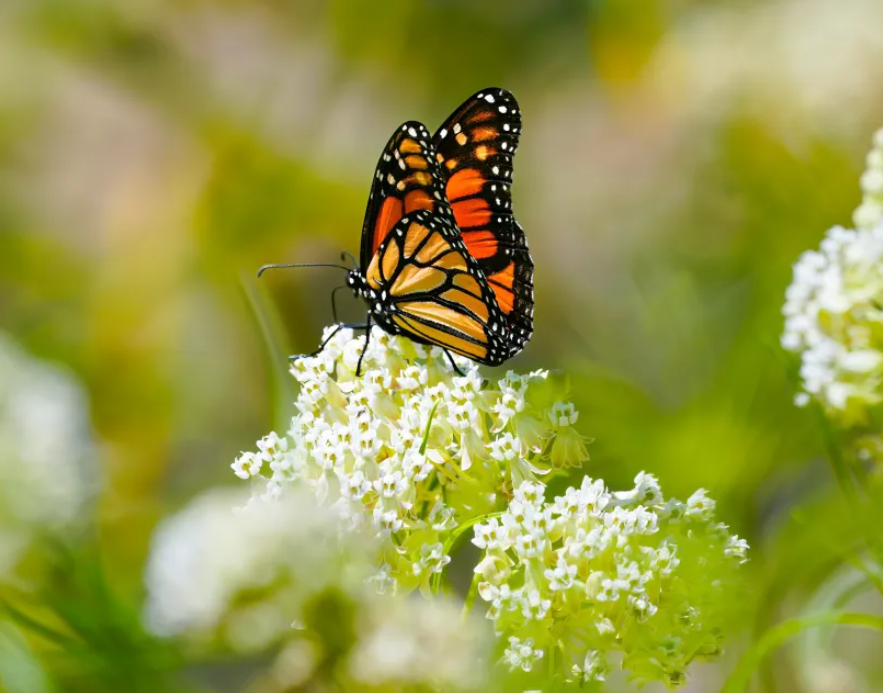
Sara’s plants have filled in, but there are some bare spaces, and she plans to leave some of them that way.
“It still has a ways to go to fill in,” she said, “but I also plan to leave sunny, bare ground areas for ground-dwelling bees and for annuals. This is my first experience growing native plants and designing a pollinator garden, so I am going to see how everything goes this year and then use that experience to plant the 100 or so square feet I have remaining.
“I’ve tried to plant enough variety so something is always in bloom to continue to support butterflies and other pollinators throughout the year. While the nativars and nursery cultivars may not be as beneficial to the pollinators as the straight natives, I’ve chosen some primarily based on their smaller sizes to fit more variety in less space.”
The plants have brought in far more than monarchs. As much as she’s drawn to them, Sara is tickled that a thistle she planted is covered in painted lady butterfly caterpillars. And she’s become enthralled with the sheer variety of insects and wildlife that have been drawn to the garden.
On a cul-de-sac in Linda Vista, Justin Daniels, the president of the San Diego chapter of the California Native Plant Society, is growing a comprehensive habitat on his property from which he harvests seeds to be sold by the nonprofit. The front of the house is dominated by a Western red bud tree that, Daniels explained, attracts all sorts of butterflies and moths. There are masses of purple flowers blooming on Mexican sage, poppies of a variety of colors, bright yellow San Diego sunflowers, and buckwheat plants with their bursts of petite white flowers.
“When you’re talking about butterfly habitat, buckwheats are the easiest way to go,” he said.
But Daniels, a biological consultant, revels in the variety of other butterflies and moths that visit his garden. His asters draw skipper butterflies. He’s seen marine blues, but he also gets a lot of Western dogface butterflies, whites and sulphurs. After my visit, on a damp, cloudy day, he sent a note that marveled at what was hovering in his garden.
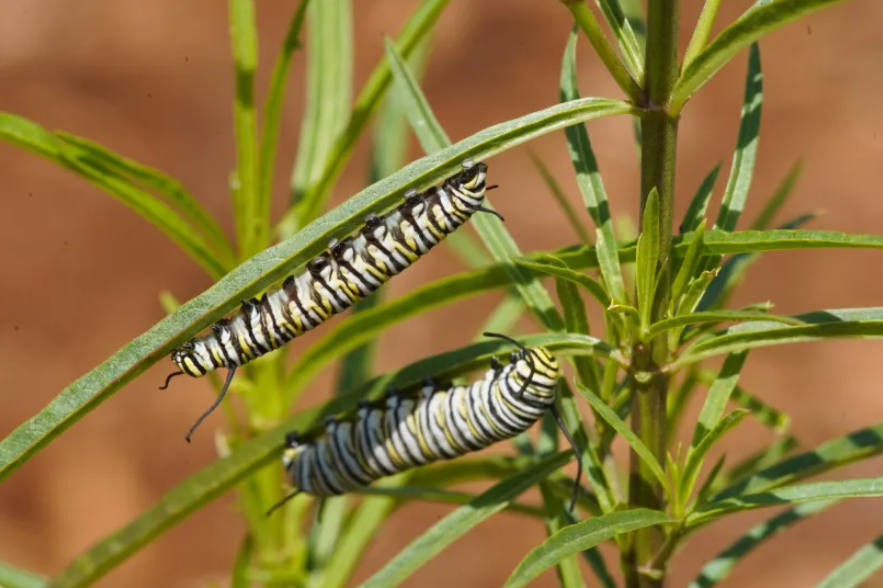
“With the sun out today, the butterflies are flitting about, I’ve counted many different species, the painted lady, checkered white, pale swallowtail, cabbage white (non native), California dogface, monarch, and a mourning cloak, first of the season.”
Talking about how to attract butterflies, Daniels acknowledged that the big focus is on diversity in plants, “but you can do a lot even with just one or two types of plants,” he said. “If somebody only has a balcony, they can grow something like parsley that attracts swallowtails and then something else for them to come back and feed on.”
An easy plant to grow, said Daniels, is buckwheat, and it supports the Behr’s metalmark butterfly, a species he recently wrote about for Sketches, a magazine published by the San Diego Audubon Society. The species is declining due to habitat loss, pollution and pesticides, traffic and other issues. But a simple action — like growing buckwheat — can attract the butterfly, along with other species.
If you’re interested in planting a monarch garden specifically, Kaller-Vincent recommends visiting xerces.org, run by The Xerces Society for Invertebrate Conservation, a nonprofit that advocates conservation of invertebrates and their habitats. They have a page on Monarch Nectar Plants for California, bit.ly/XercesMonarch, that is a rich source of plants with their bloom periods, size, flower color, water needs and notes about drainage, soil and other useful tidbits of information.
They also have a page for Southern California’s Coast Region, bit.ly/XercesSocalPollinators, that recommends plants for pollinators and beneficial insects. It notes what insects are attracted to the specific plants, bloom periods, soil texture, sun and water needs, and even if they’re fire resistant.
And, of course, EDI has a comprehensive web page, earthdiscovery.org/Monarch-Butterfly-Gardens, that is filled with tips, guides and videos for creating a monarch butterfly habitat.
Essentially, while monarchs seem to be the celebrity butterfly everyone wants to attract, creating an environment with diverse native plants with rolling blooming periods will attract a variety of pollinators, like bees and hummingbirds. They’ll attract insects we may not want but which provide food for beneficial insects, like ladybugs, as well as birds. And this habitat will likely draw the butterflies as well, be they monarchs or swallowtails or painted ladies.
“As you build the variety of native plants, then the wildlife that shows up for them in spades,” Daniels said. “It builds on itself.”



